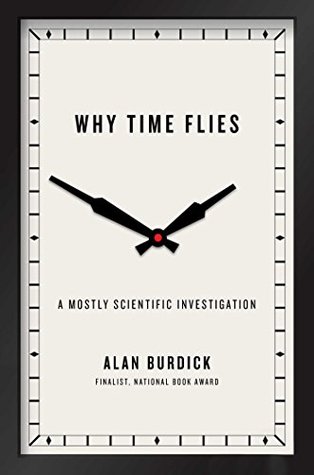More on this book
Kindle Notes & Highlights
by
Alan Burdick
Read between
August 30 - September 27, 2019
the Bureau maintains a single, official worldwide time for all of Earth, called Coordinated Universal Time, or U.T.C. (When U.T.C. was first devised, in 1970, the organizing parties could not agree on whether to use the English acronym, C.U.T., or the French acronym, T.U.C., so they compromised on U.T.C.)
The clock in your laptop or computer regularly checks in with other clocks across the Internet and calibrates itself to them; some or all of these clocks eventually pass through a server run by N.I.S.T. or another official clock and are thereby set even more accurately. Every day, N.I.S.T.’s many servers register 13 billion pings from computers around the world inquiring about the correct time.
Our sense of time’s passage is rooted not in one region of the brain but results from the combined working of memory, attention, emotion, and other cerebral activities that can’t be singularly localized. Time in the brain, like time outside it, is a collective activity.
Over the course of the day, the neurochemical adenosine accumulates in the body, inducing sleep; its buildup is called homeostatic pressure. You can override that sensation by taking a nap, which burns off some of the adenosine and pushes the sleepy sensation later into the night, or by toughing it out, perhaps by drinking caffeine, and trying to stay awake as long as possible.
one man’s desire to know that kind of experience to the full, to be by himself for a while and to taste peace and quiet and solitude long enough to find out how good they really are.”
“We have no perception of duration but by considering the train of ideas that take their turns in our understandings,” John Locke argued in 1690. If you experience many sensations in a brief period, then that duration, being densely filled, will feel longer while you’re in it.
an illusion known as the wagon-wheel effect. The illusion can often be seen in old westerns, when the spoked wheel of a moving stagecoach appears to be rotating in reverse. The effect results from a mismatch between the wheel’s rotation rate and the frame rate of the camera that’s filming it. If a wheel spoke travels more than one-half but less than a full rotation between movie stills, the spokes will look like they’re rotating backward.


